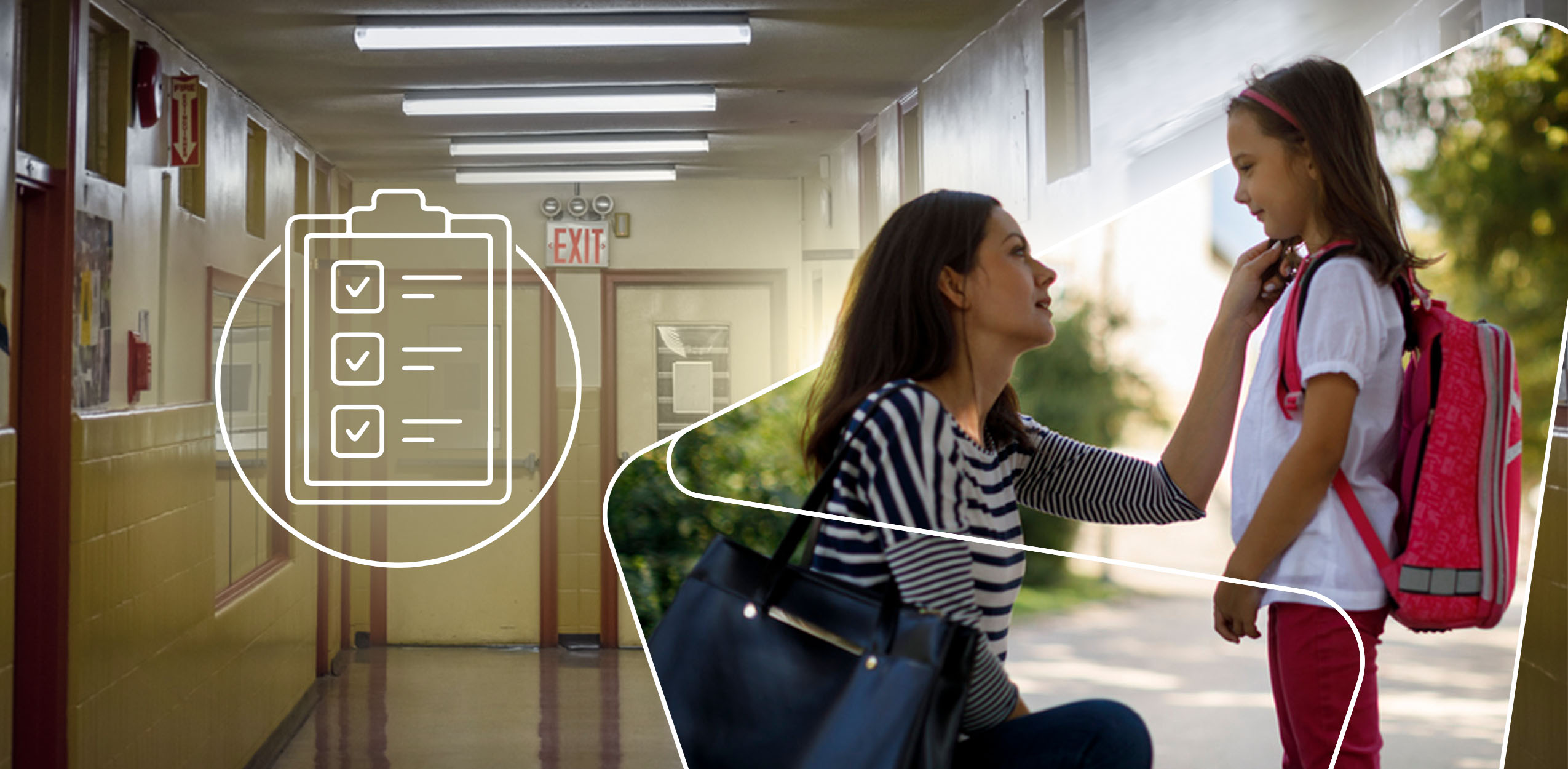Tech Tips for K-12 Schools | Evaluating Mass Notification Providers
To be prepared in case of an emergency, K-12 schools should review their mass notification systems and communication procedures to ensure they’re...
2 min read
Jan 4, 2024
Substitute teachers play an important role in our schools, and it’s common to have several substitutes working on campus on any given day.
Substitutes have educational requirements they must fulfill before they are given teaching responsibilities, but they often receive little-to-no training about school emergency response planning and drills. Consequently, they can be perceived as a potential weak link in your campus’s emergency response system.
In this blog, I’ll share some important tips with you to help your district prepare substitutes to respond effectively during an emergency.
Lessons Learned from the Sandy Hook Tragedy
The incident at Sandy Hook provides us with information about what can go wrong when substitutes are not prepared to respond to emergency incidents. The classroom doors at the school required a key to be locked, yet substitutes were not provided with the key, nor did they receive training in emergency response. When the shooter entered the school, the substitute had no way to lock her door or otherwise protect her students which resulted in the substitute teacher and all 15 students losing their lives that day.
Nowadays, most schools have the capability to lock doors from the inside, and some can even do so automatically. Nevertheless, it is crucial for substitutes to understand the process and be given opportunities for hands-on practice.
Substitutes should also be equipped with a cheat sheet outlining all school emergency response procedures and their specific responsibilities. This guide should encompass swift access to building maps along with short instructions for each response scenario. Supplementing this, an informative video can serve as an ideal tool to offer additional training for substitutes in various emergency responses. Knowing how to respond in a lockdown, evacuation, tornado, and shelter in place will help substitutes feel more confident in handling emergencies independently. It is essential that substitutes are well-prepared to respond effectively without relying on assistance from other campus personnel, as this is the expectation during actual emergency situations.
Substitute teachers must also understand the protocol for reporting an incident when they witness it. Schools that use a panic button may wish to give substitute teachers access to this system to ensure that substitutes, as well as all school staff, can report an emergency from wherever they are located. Schools should consistently involve substitutes in emergency drills, providing them with opportunities to practice and familiarize themselves with proper response protocols.
Providing substitutes with the necessary tools including explicit training and instruction in emergency response protocols can ensure that campuses are prepared to respond effectively and efficiently to any emergency incidents that occur.
Learn more of what Catherine has to say regarding teacher safety:
About Our Guest Author
Catherine is an Intrado School Safety Advocacy Council member. She spent 10 years as an Emergency Management and School Safety Specialist at both the Texas School Safety Center and the Texas Association of School Boards (TASB).
In her work, Catherine assisted school districts and campuses with the development of emergency operations plans, campus response protocols, training and assistance with school security audits, campus drills, tabletop exercises and student threat assessment teams.
Catherine was a sought-after presenter at many conferences in Texas, and also at the National School Safety Conference. Currently semi-retired, Catherine continues to work to assist schools in creating and maintaining a safe environment for students and staff.
Learn more about the Intrado School Safety Advocacy Council here.

To be prepared in case of an emergency, K-12 schools should review their mass notification systems and communication procedures to ensure they’re...

A strategic — and well-tested — emergency plan can help staff respond effectively in a crisis. Emergency planning is something we all know we should...

Data is incredibly valuable to Public Safety Answering Points (PSAPs). Another critical component is time. Data and time may be the two most vital...

Keeping people safe and informed is crucial during an emergency such as severe weather, a building intruder, or active shooter situation. Effectively...